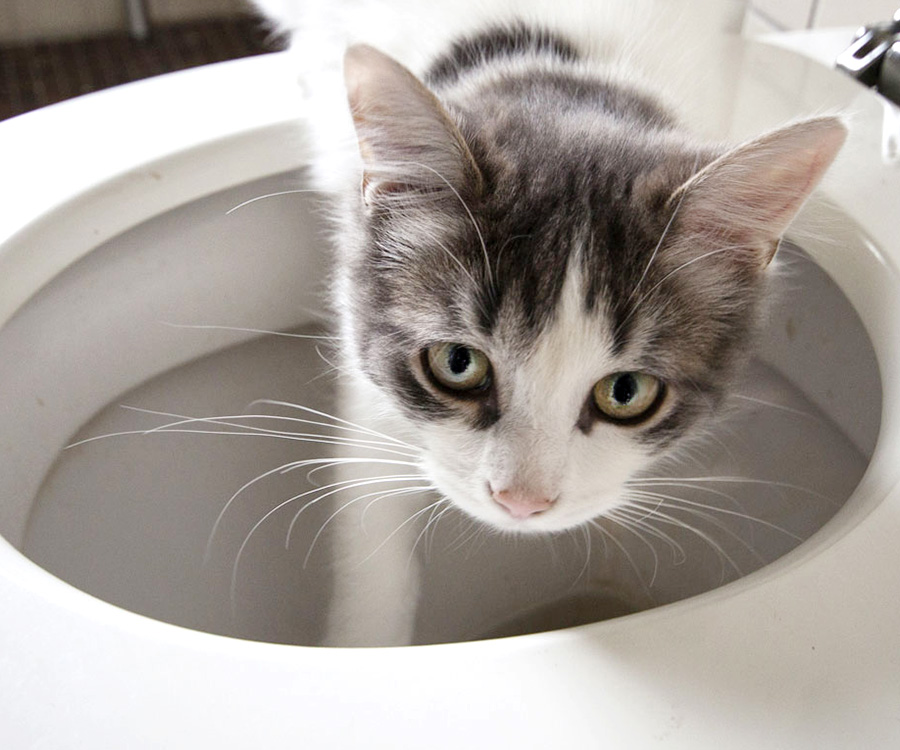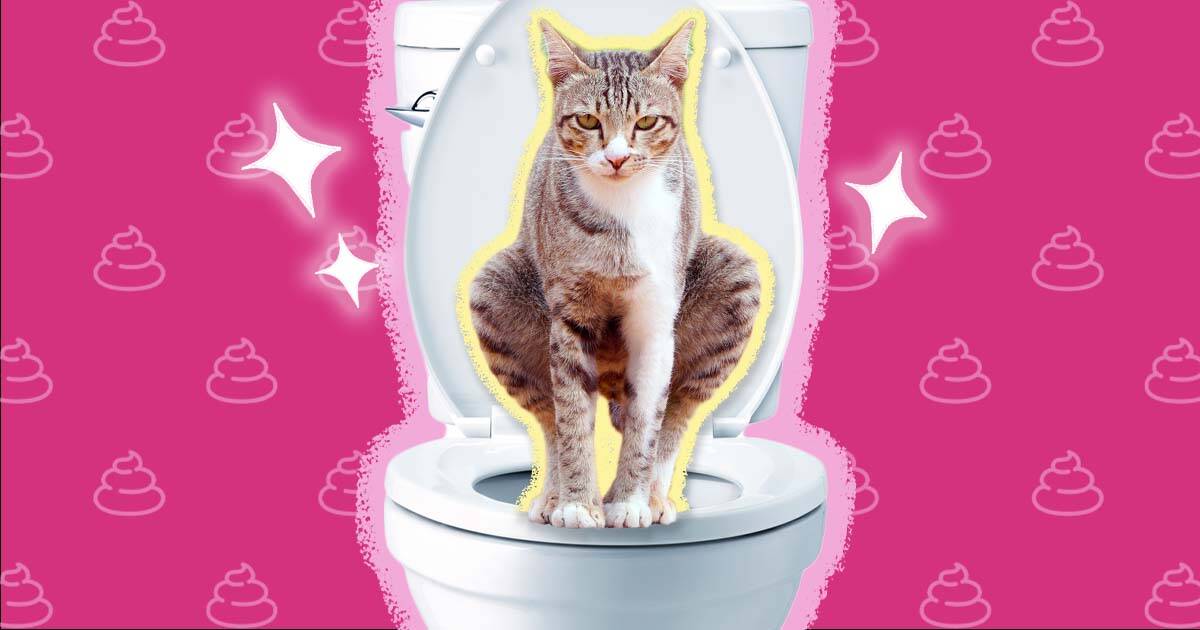Dangers of Flushing Cat Poop in Your Toilet - Precautionary Steps
Dangers of Flushing Cat Poop in Your Toilet - Precautionary Steps
Blog Article
Just about every person will have their own conception about Can You Flush Cat Poo or Litter Down the Toilet?.

Intro
As feline owners, it's vital to bear in mind exactly how we get rid of our feline buddies' waste. While it might seem convenient to purge cat poop down the commode, this practice can have destructive repercussions for both the environment and human health.
Alternatives to Flushing
Luckily, there are safer and extra accountable means to throw away cat poop. Think about the following choices:
1. Scoop and Dispose in Trash
The most typical method of disposing of feline poop is to scoop it right into a naturally degradable bag and toss it in the trash. Make certain to use a specialized clutter scoop and take care of the waste quickly.
2. Usage Biodegradable Litter
Choose eco-friendly cat trash made from products such as corn or wheat. These litters are environmentally friendly and can be securely dealt with in the garbage.
3. Bury in the Yard
If you have a lawn, consider hiding cat waste in an assigned location away from veggie yards and water sources. Make sure to dig deep adequate to prevent contamination of groundwater.
4. Mount a Pet Waste Disposal System
Invest in an animal garbage disposal system specifically developed for cat waste. These systems utilize enzymes to break down the waste, reducing odor and ecological influence.
Wellness Risks
In addition to environmental issues, purging pet cat waste can likewise present wellness risks to humans. Pet cat feces might have Toxoplasma gondii, a bloodsucker that can cause toxoplasmosis-- a potentially serious ailment, specifically for pregnant women and individuals with weakened immune systems.
Environmental Impact
Flushing cat poop introduces hazardous pathogens and parasites into the water supply, positioning a significant risk to water ecosystems. These contaminants can adversely affect aquatic life and compromise water quality.
Final thought
Responsible family pet possession expands beyond providing food and sanctuary-- it likewise includes proper waste management. By refraining from purging cat poop down the bathroom and going with alternative disposal approaches, we can minimize our ecological impact and safeguard human wellness.
Why Can’t I Flush Cat Poop?
It Spreads a Parasite
Cats are frequently infected with a parasite called toxoplasma gondii. The parasite causes an infection called toxoplasmosis. It is usually harmless to cats. The parasite only uses cat poop as a host for its eggs. Otherwise, the cat’s immune system usually keeps the infection at low enough levels to maintain its own health. But it does not stop the develop of eggs. These eggs are tiny and surprisingly tough. They may survive for a year before they begin to grow. But that’s the problem.
Our wastewater system is not designed to deal with toxoplasmosis eggs. Instead, most eggs will flush from your toilet into sewers and wastewater management plants. After the sewage is treated for many other harmful things in it, it is typically released into local rivers, lakes, or oceans. Here, the toxoplasmosis eggs can find new hosts, including starfish, crabs, otters, and many other wildlife. For many, this is a significant risk to their health. Toxoplasmosis can also end up infecting water sources that are important for agriculture, which means our deer, pigs, and sheep can get infected too.
Is There Risk to Humans?
There can be a risk to human life from flushing cat poop down the toilet. If you do so, the parasites from your cat’s poop can end up in shellfish, game animals, or livestock. If this meat is then served raw or undercooked, the people who eat it can get sick.
In fact, according to the CDC, 40 million people in the United States are infected with toxoplasma gondii. They get it from exposure to infected seafood, or from some kind of cat poop contamination, like drinking from a stream that is contaminated or touching anything that has come into contact with cat poop. That includes just cleaning a cat litter box.
Most people who get infected with these parasites will not develop any symptoms. However, for pregnant women or for those with compromised immune systems, the parasite can cause severe health problems.
How to Handle Cat Poop
The best way to handle cat poop is actually to clean the box more often. The eggs that the parasite sheds will not become active until one to five days after the cat poops. That means that if you clean daily, you’re much less likely to come into direct contact with infectious eggs.
That said, always dispose of cat poop in the garbage and not down the toilet. Wash your hands before and after you clean the litter box, and bring the bag of poop right outside to your garbage bins.
https://trenchlesssolutionsusa.com/why-cant-i-flush-cat-poop/

I was shown that write-up about Don’t flush cat feces down the toilet through a good friend on our other site. Liked our posting? Please share it. Let another person locate it. Thanks a lot for your time. Come back soon.
Schedule Report this page